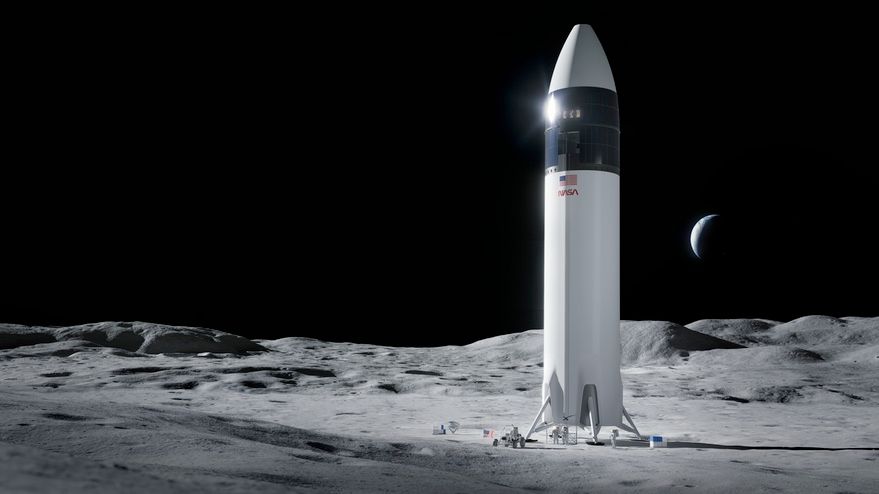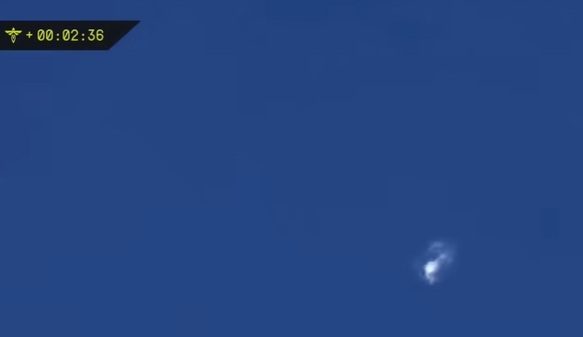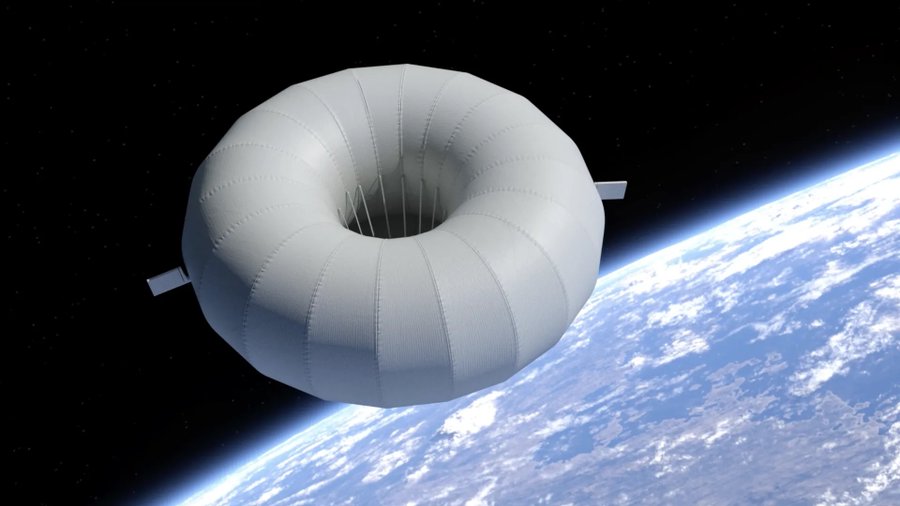The main Russian-launched Trace Gas Orbiter (TGO) research element of the European Space Agency’s (ESA) ExoMars mission was successfully injected into its planned orbit around Mars. But the “exciting” part of the mission, ESA’s Schiaparelli lander, crashed into oblivion. Entry and descent initially appeared to be going well. Then, during the final landing manoeuvre onto the planet, the lander crashed after its braking engine system ended its burn tens of seconds too early. It was apparently attempting to make up the required deceleration following a premature separation of the braking parachute and backshell.
A radar-altimeter software error/design issue is suspected as the cause of the failure.
At 1442 GMT, the Schiaparelli lander entered the Martian atmosphere beginning its 5 minute 53 second landing sequence. However, telemetry was lost with the lander 50 seconds before predicted touchdown. This was confirmed by matching signal drops recorded by both the Giant Metrewave Radio Telescope (GMRT), India, and the in-orbit Mars Express spacecraft. The telemetry received from Schiaparelli initially indicated that the on-board computer had decided to jettison the parachute earlier than expected. Afterwards the retrorockets designed to slow down the craft before touchdown appeared to fire for only three seconds out of an expected 30-second burn time.
It is now thought that radar-altimeter software timed out, leading the on-board computer system to believe that the flight had landed and so shut off the landing thrusters prematurely. Without these, the Schiaparelli lander thudded into the Martian surface at a speed that made its survival unlikely.
The ESA-technology demonstration lander was intended to provide data to both European parties and the Russian team that will be providing the descent module for the later 2020 ExoMars rover mission. An additional goal for the Schiaparelli mission was to make a European landing on Mars, Europe’s second attempt after the failed Beagle-2 in 2003.
Update 25 October 2016: Imagery taken by the NASA Mars Reconnaissance Orbiter on 21 and 25 October, using the HiRise camera, appears to show a new dark patch on the surface of the planet and a nearby white element. The black smudge is believed to be the exploded landing craft seen along with its white parachute (and back shell), which landed about 1km south.
ESA was initially unwilling to write off the lander or accept that it had crashed. However, from the telemetry and imagery received, it became certain that a hard impact at a velocity of over 180 miles per hour (300km per hour) on the surface of Mars had destroyed Schiaparelli.
David Todd contributed to this report.







